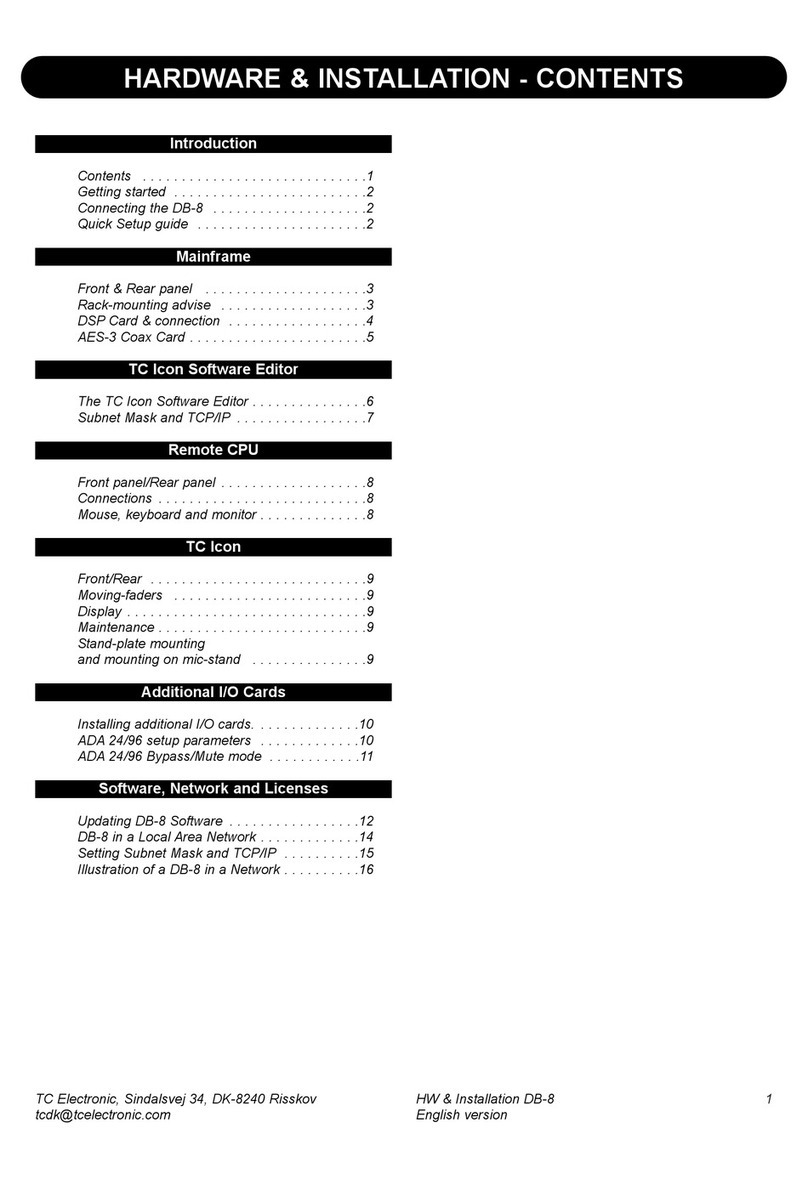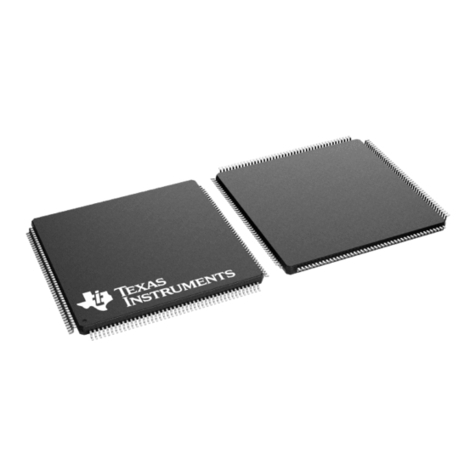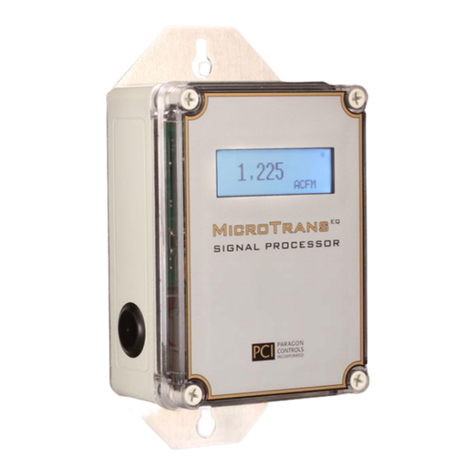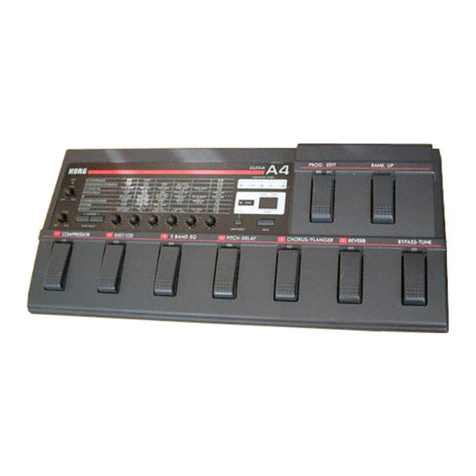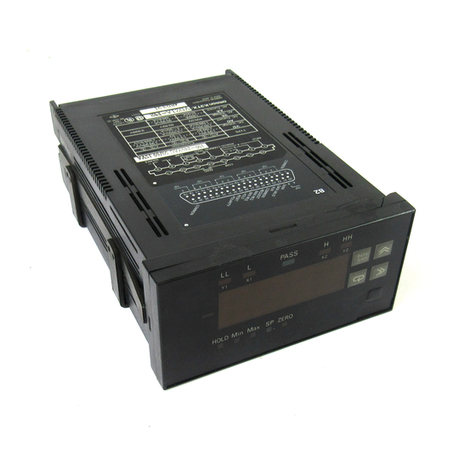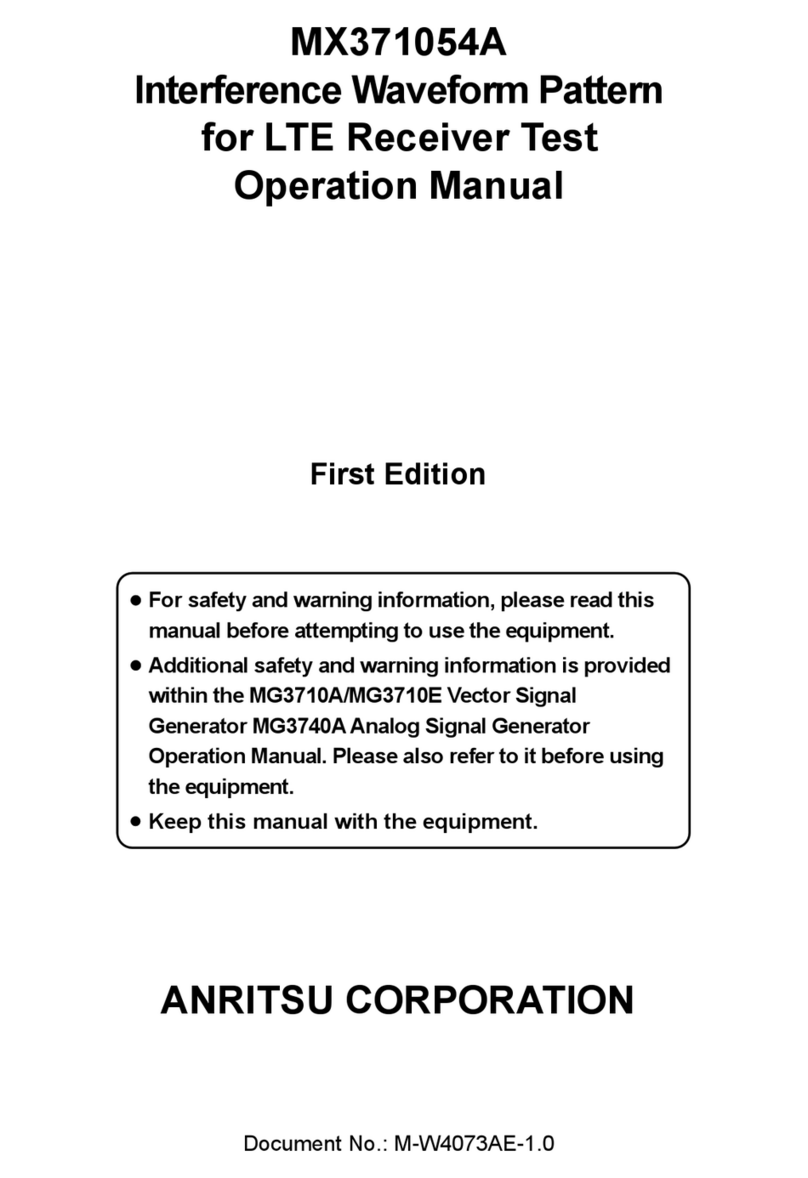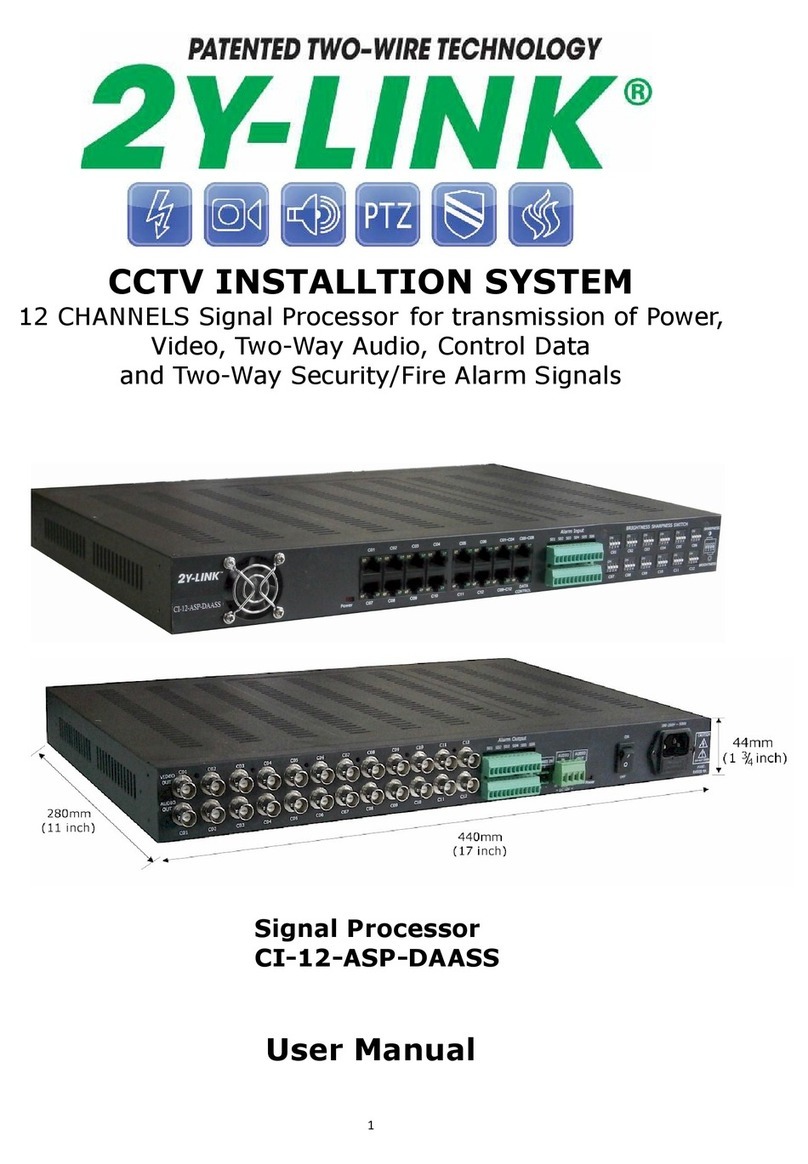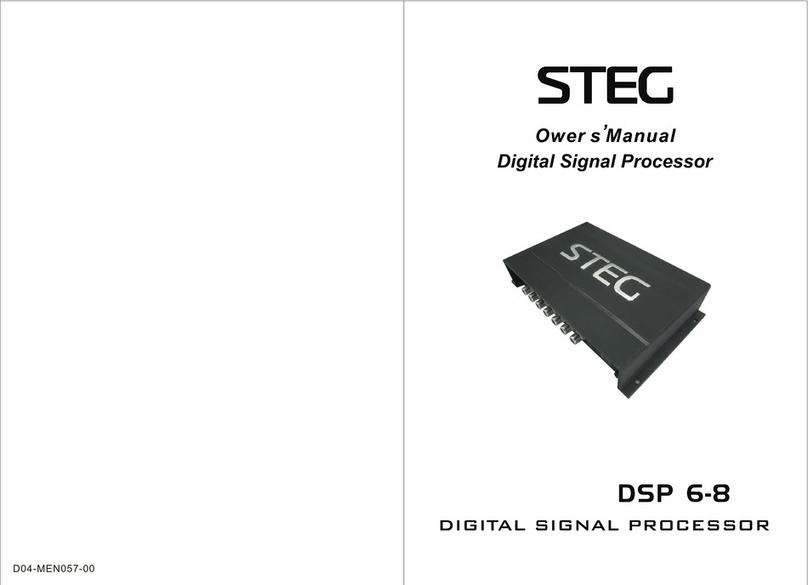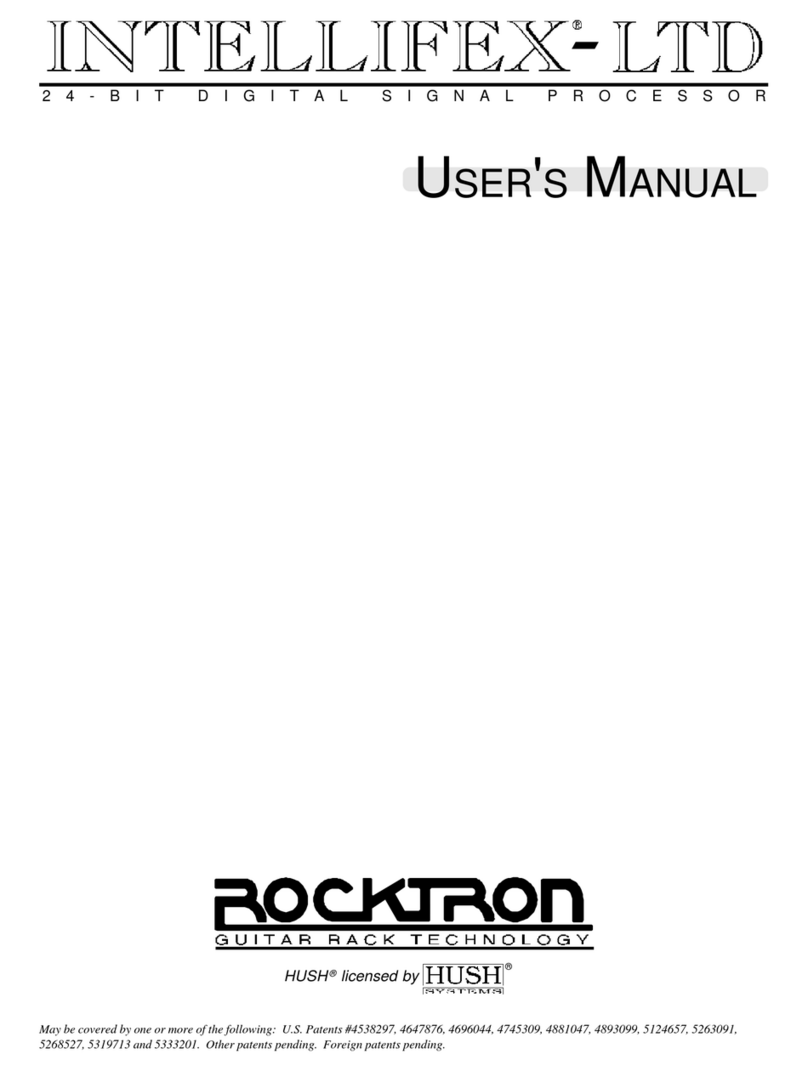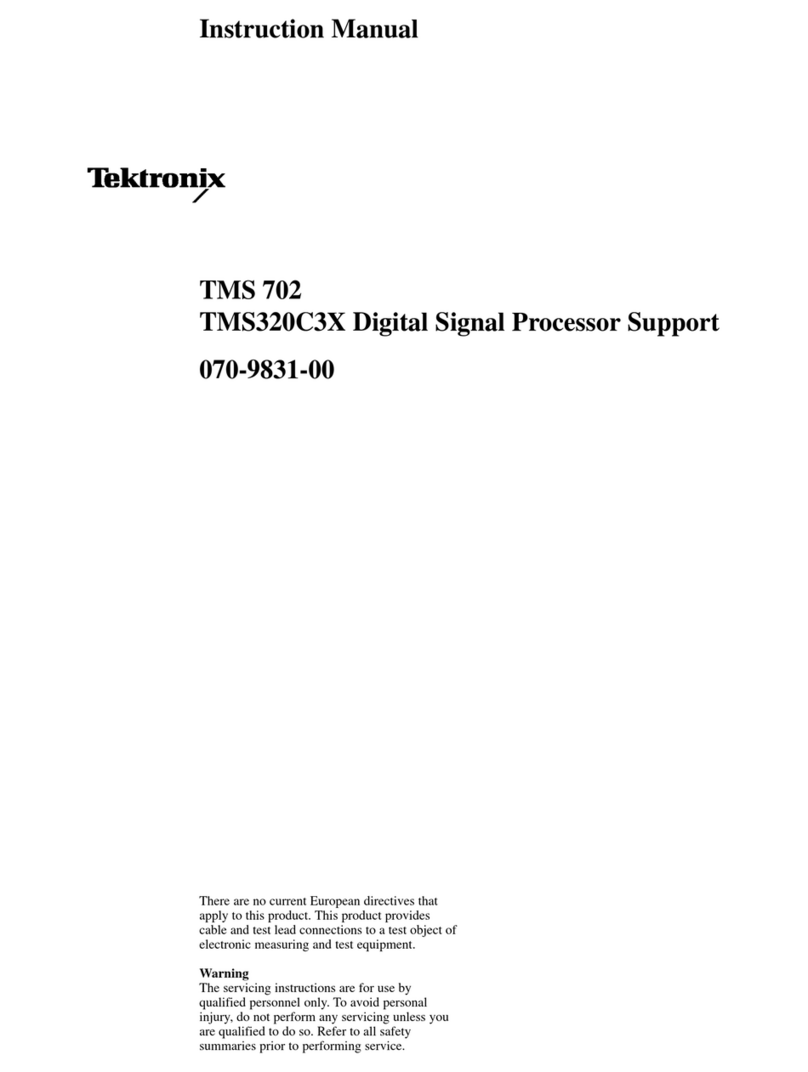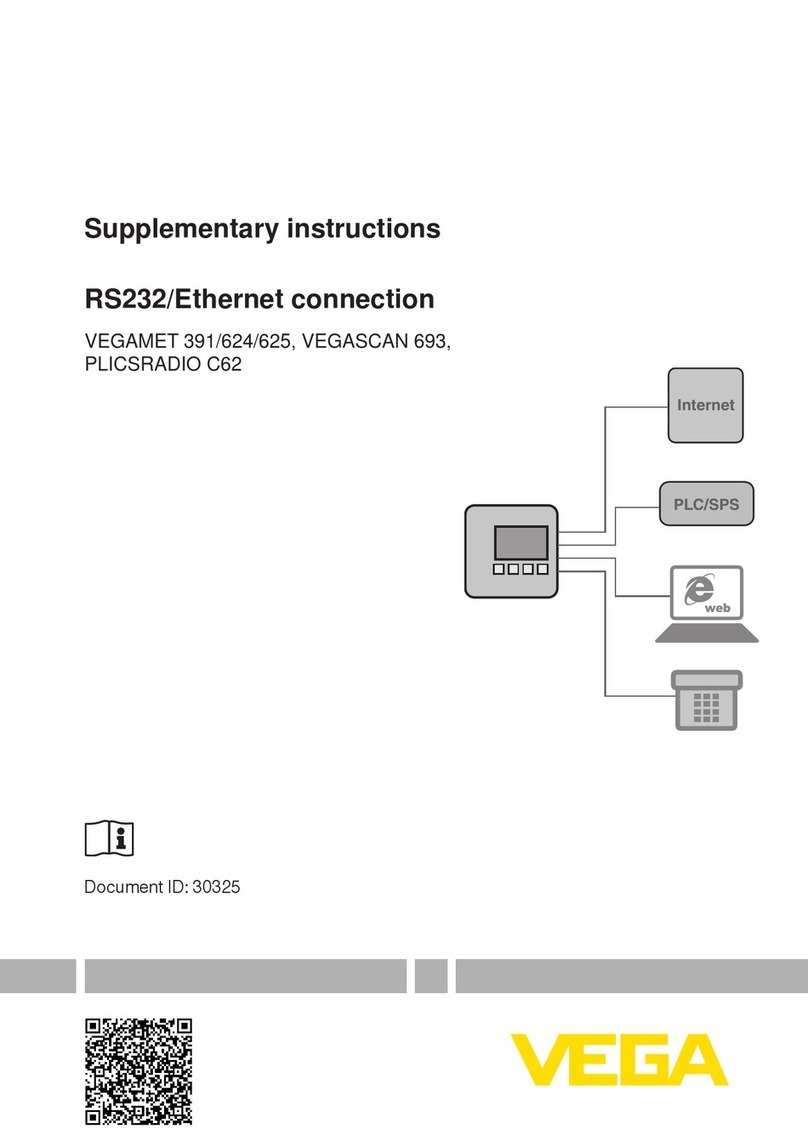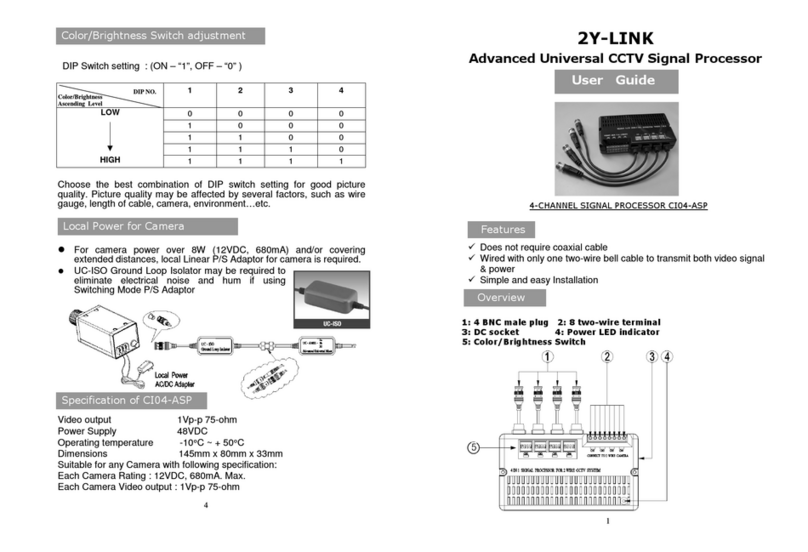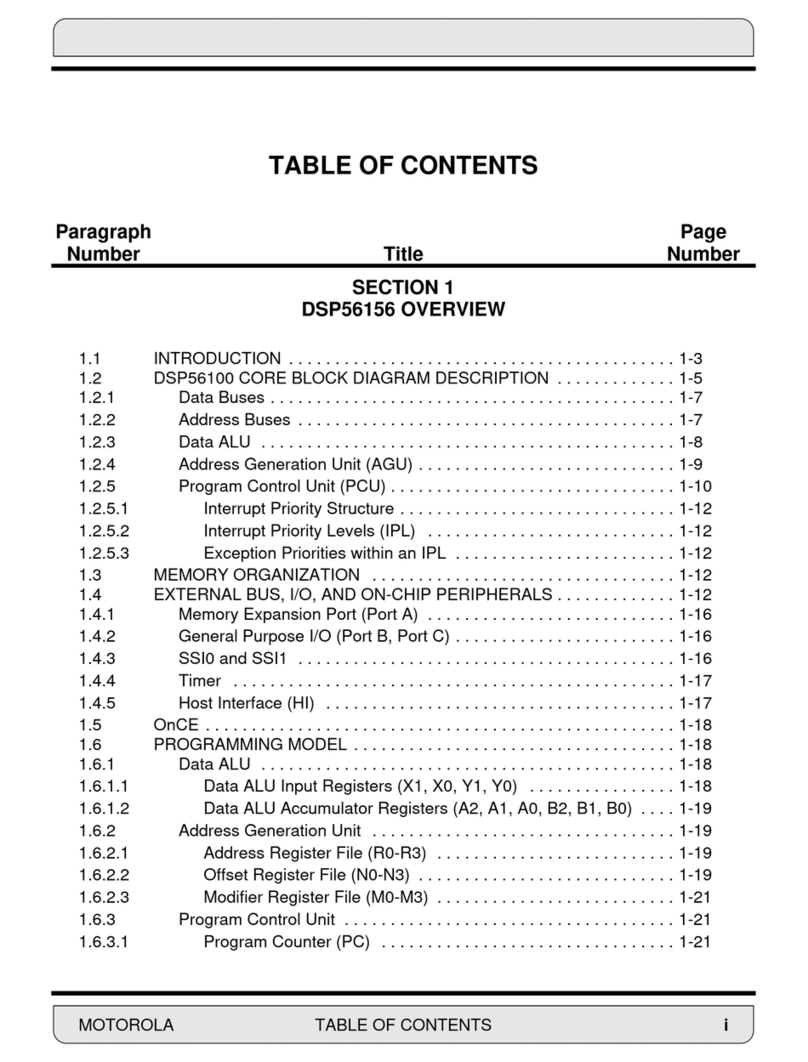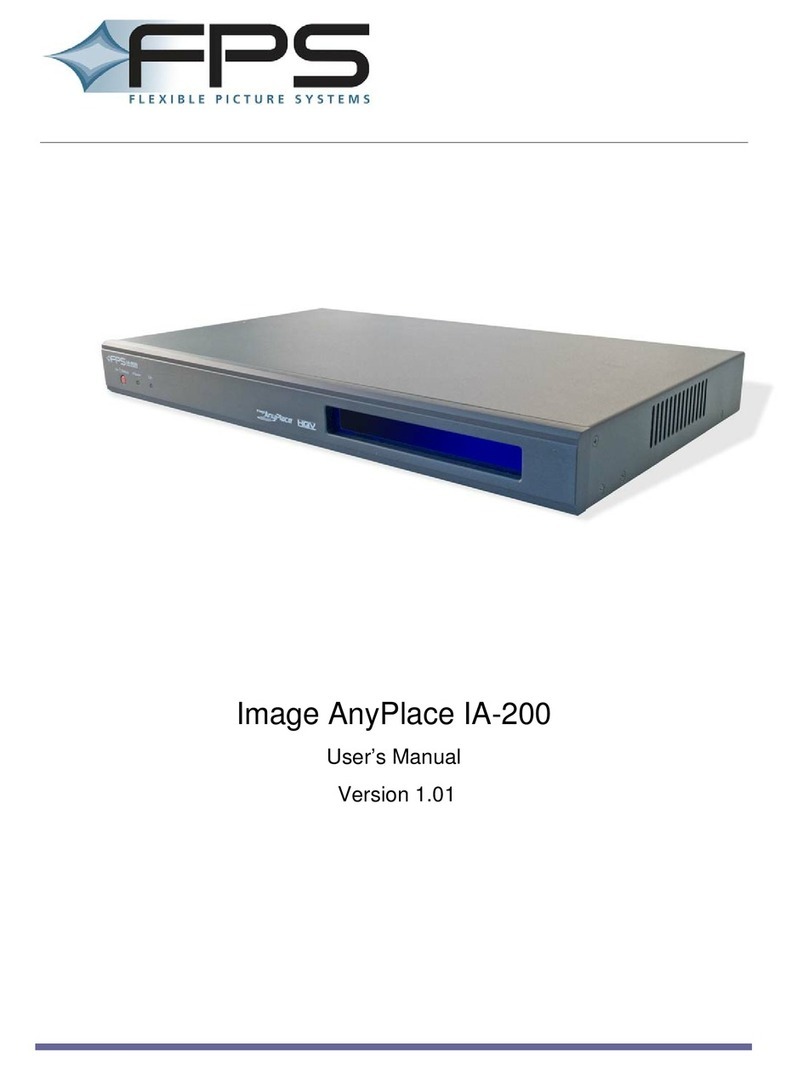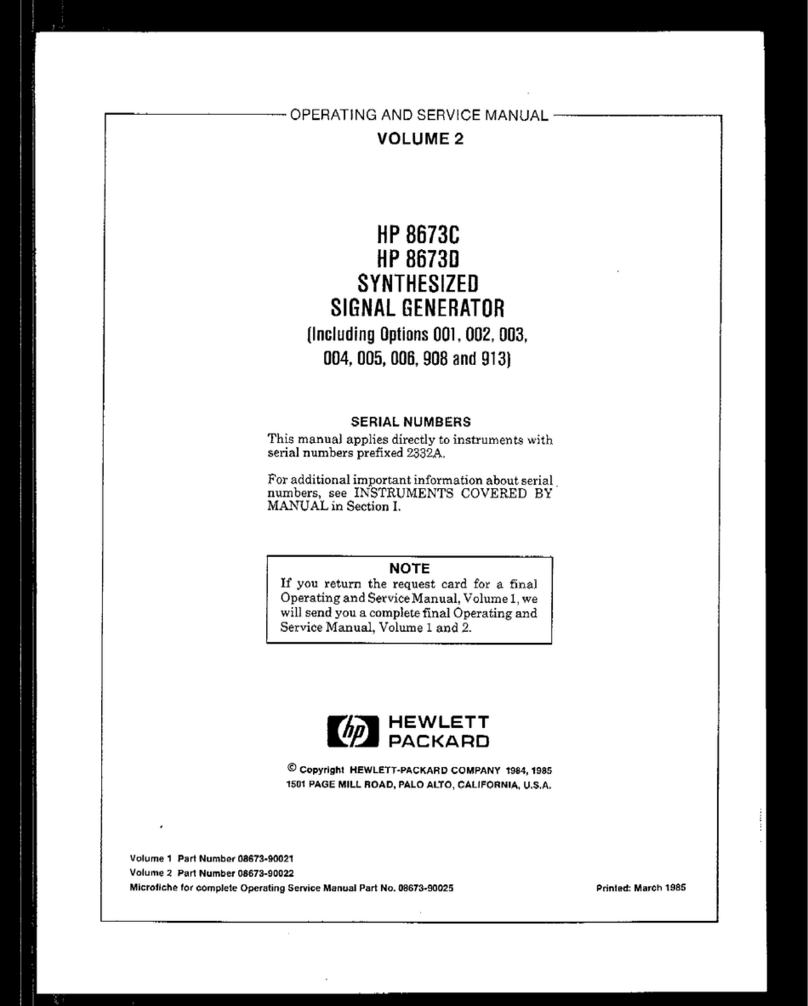
M805-00 3
Copyright TEL 30/09/96
About This Manual
Scope This manual contains general, technical and servicing informa-
tion on the T805 Quasi-Synchronous Transmission System and
covers all Version 2 and earlier software.
Format We have published this manual in a ring binder so that "revision
packages" containing additional information pertaining to new
issues of PCBs can be added as required.
Revision Packages Revision packages will normally be published to coincide with
the release of information on a new PCB, and may also contain
additions or corrections pertaining to other parts of the manual.
If you return the address card at the front of this manual, you
will be notified when revision packages containing new PCB
information and/or text are available. You may then order as
many packages as you require from your local Tait Company.
Revision packages are supplied ready-punched for inclusion in
your manual.
Revision Control Each page in this manual has a date of issue. This is to comply
with various Quality Standards, but will also serve to identify
which pages have been updated and when. Each page and its
publication date is listed in the "List of Effective Pages", and a
new list containing any new/revised pages and their publica-
tion dates will be sent with each revision package.
Any portion of text that has been changed is marked by a verti-
cal line (as shown at left) in the outer margin of the page. Where
the removal of an entire paragraph means there is no text left to
mark, an arrow (as shown at left) will appear in the outer mar-
gin. The number beside the arrow will indicate how many para-
graphs have been deleted.
The manual issue and revision status are indicated by the last
three digits of the manual IPN. These digits start at 100 and will
increment through 101, 102, 103, etc., as revision packages are
published, e.g:
Thus, Issue 103 indicates the third revision to issue 1 and means
that three packages should have been added to the manual. The
issue digit will only change if there is a major product revision,
or if the number of revision packages to be included means that
the manual becomes difficult to use, at which point a new issue
manual will be published in a new ring binder.
PCB Information PCB information is provided for all current issue PCBs, as well
as all previous issue PCBs manufactured in production quanti-
ties, and is grouped according to PCB. Thus, you will find the
parts list, grid reference index (if necessary), PCB layouts and
2
1 0 3
issue status revision status


